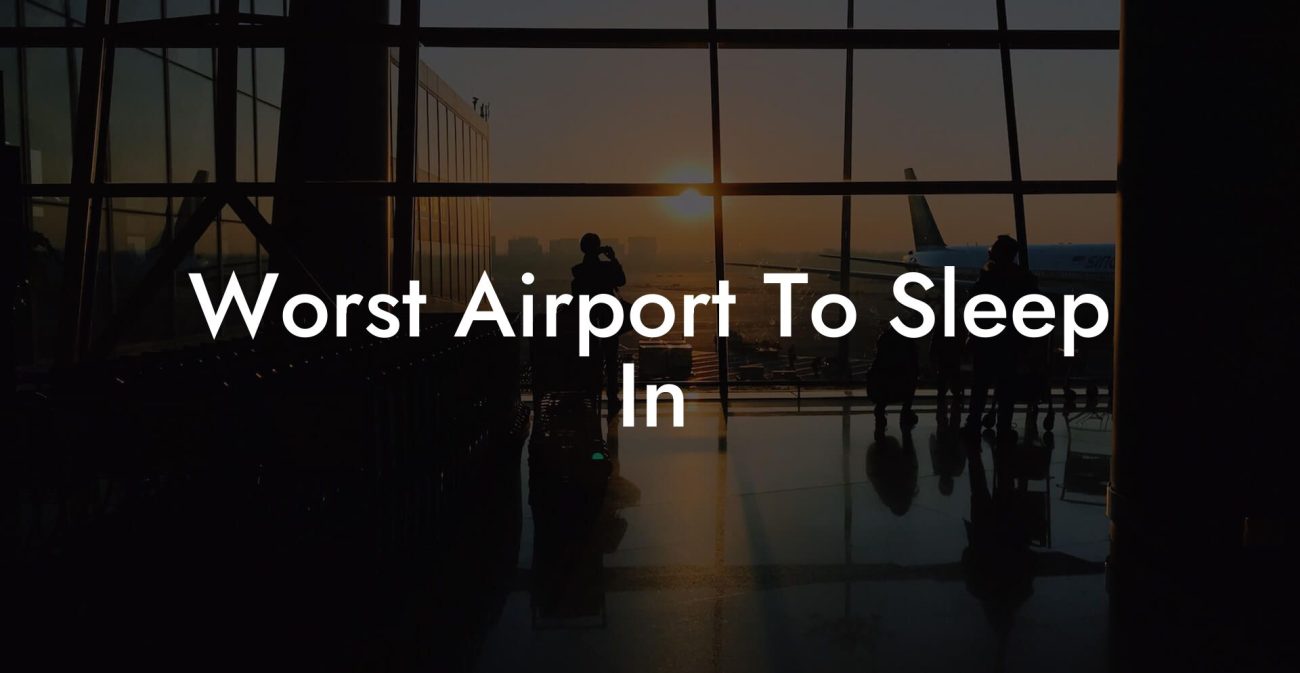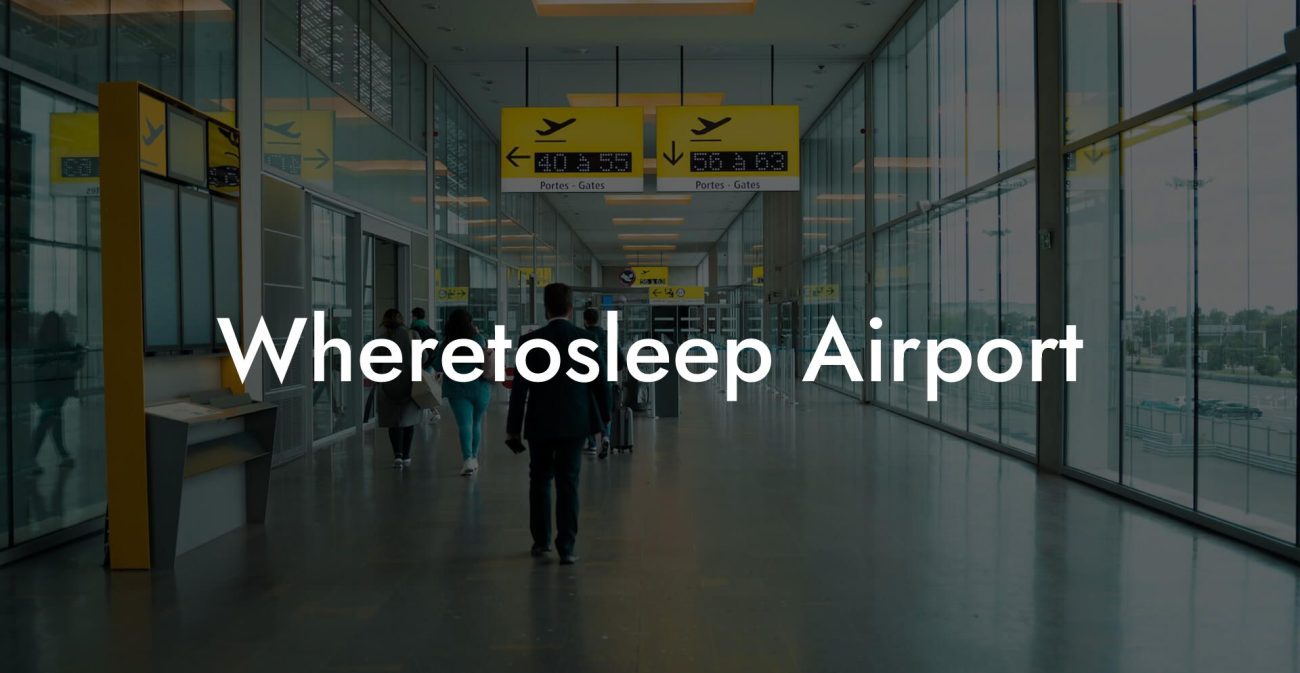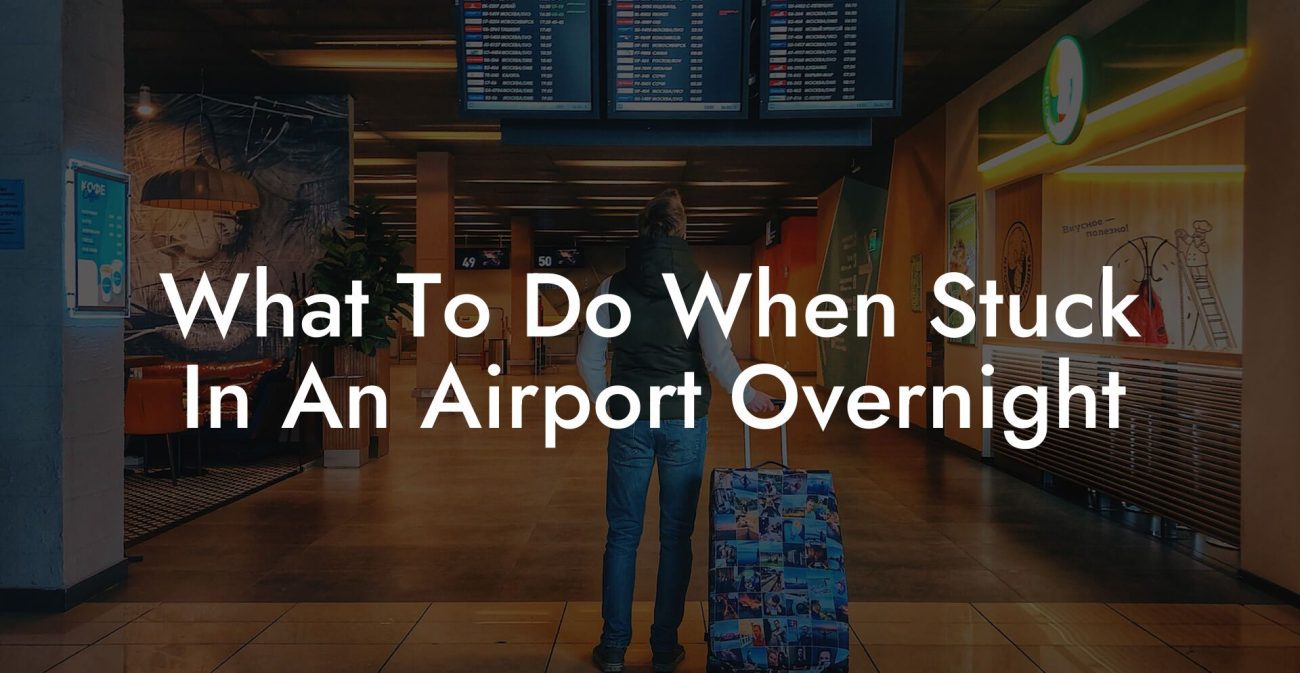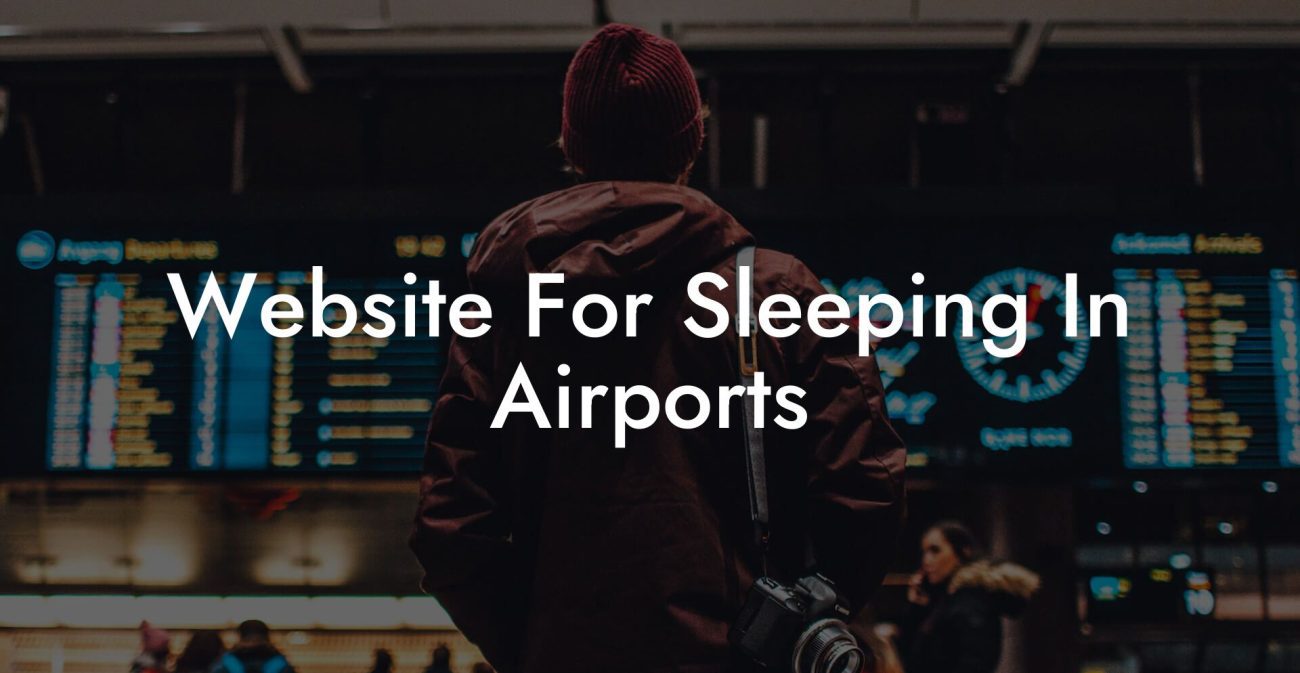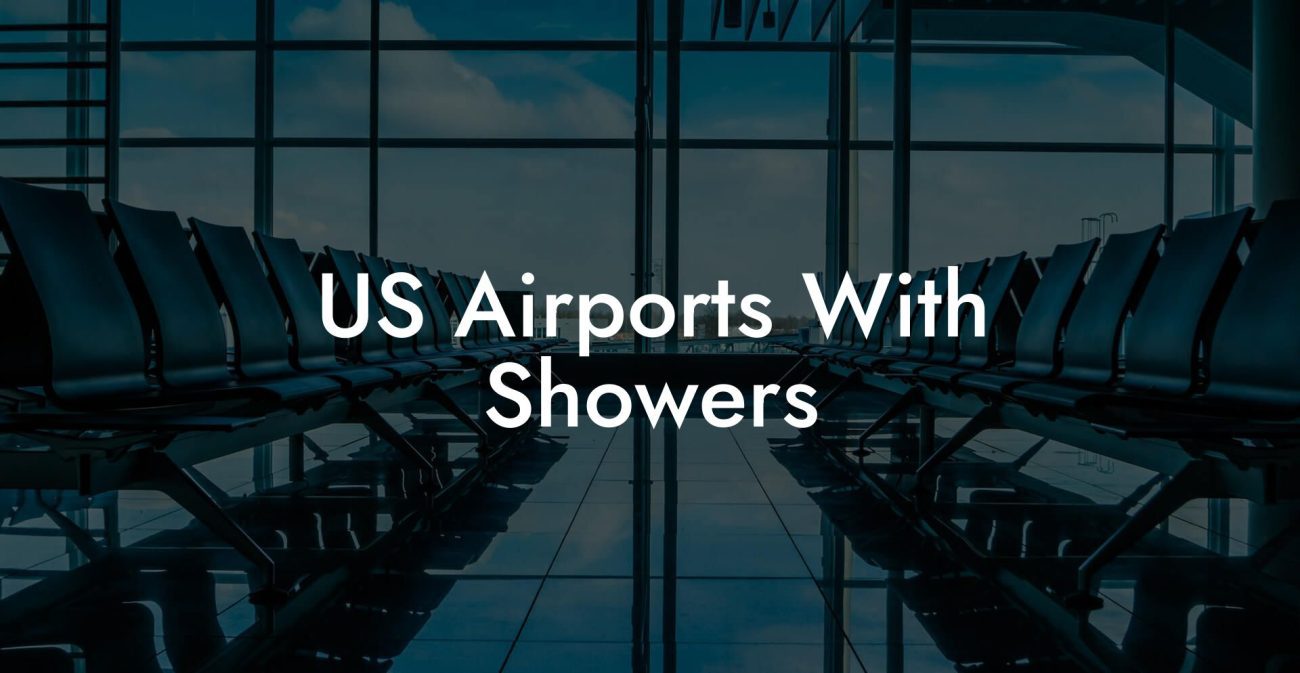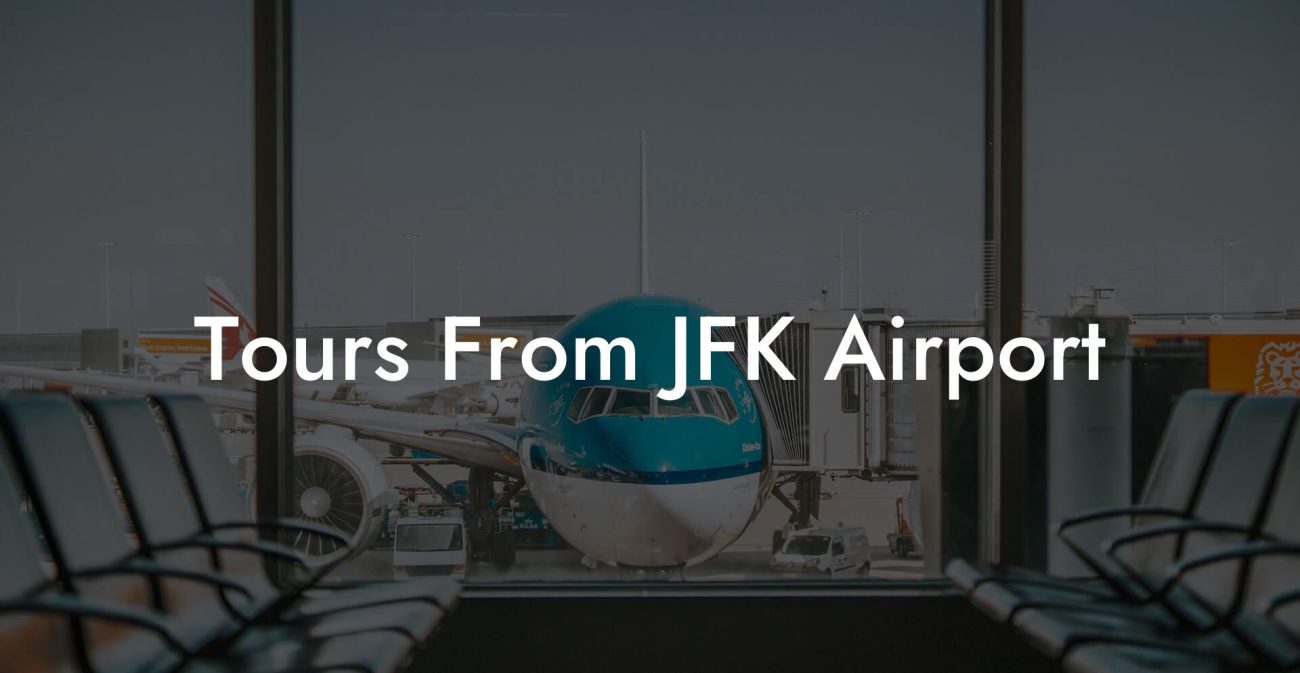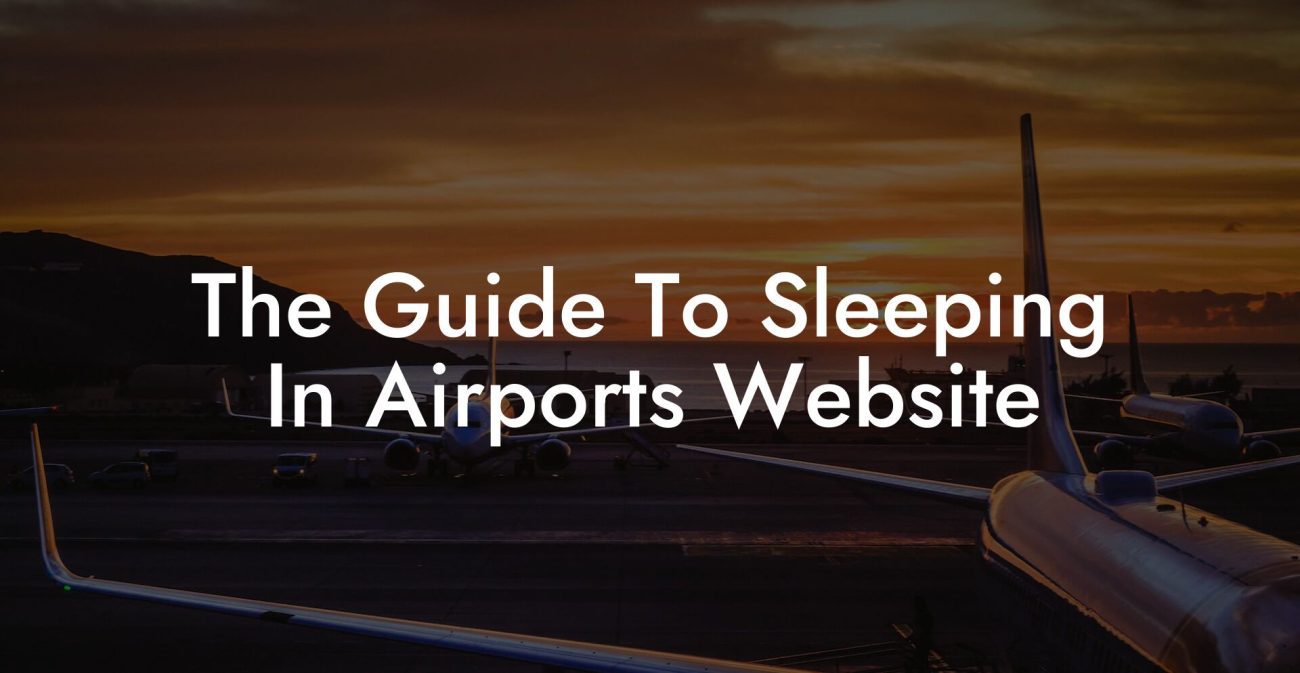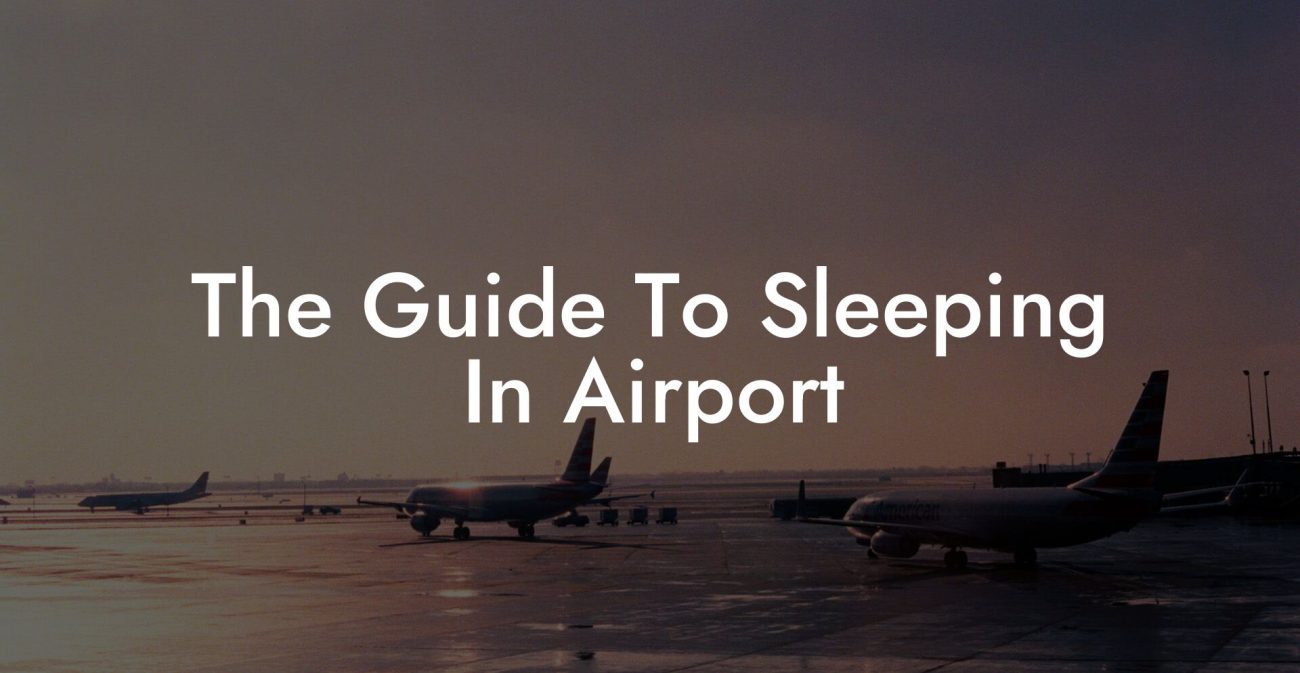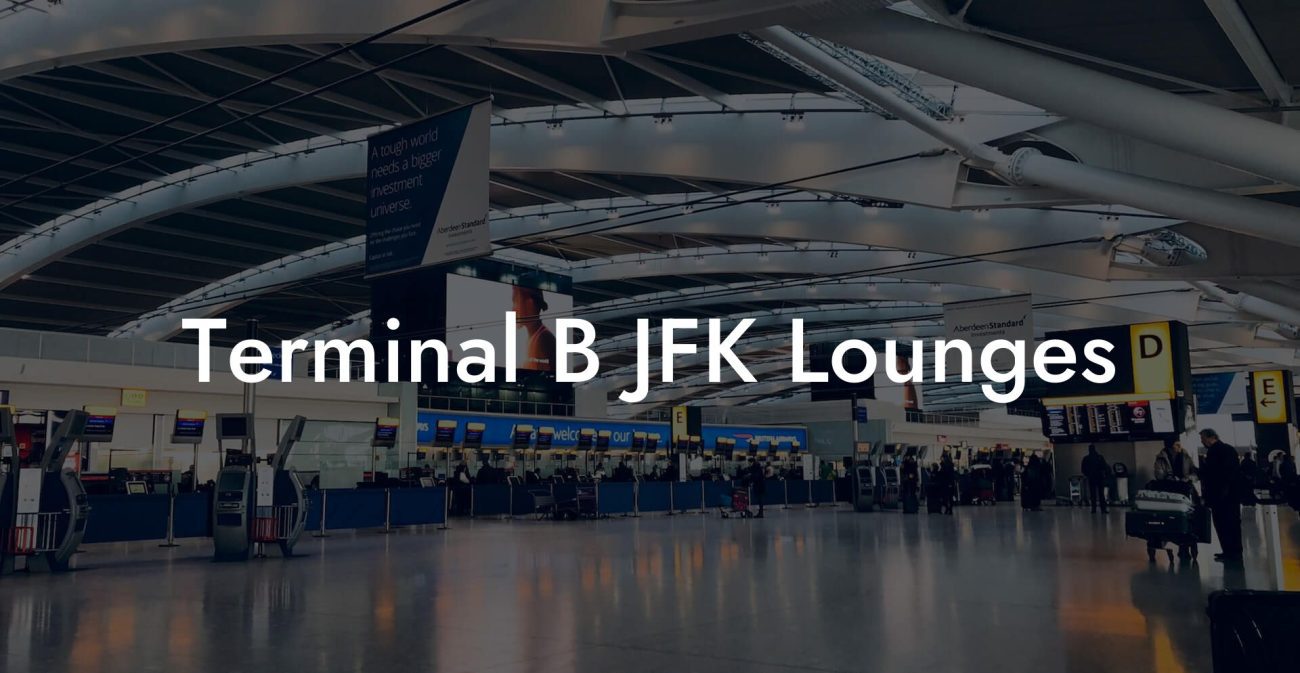Air travel can be a tiring and stressful experience, with hectic schedules, layovers, and waiting times often resulting in exhaustion. But with airport sleeping pods, weary travellers can get a much-needed rest before or between flights. These personal cabins offer passengers a private space to catch some Zs, recharge their batteries, or simply escape the hustle and bustle of the busy airport. If you’re an airport traveller seeking a comfortable and convenient way to sleep at an airport, our comprehensive guide will provide you with everything you need to know.
Airport Traveller Table of Contents
1. Location and availability
Sleeping pods are available in terminals of several major airports around the world, including London Heathrow, Amsterdam Schiphol, and Tokyo Haneda. Many are strategically located near departure gates, baggage claim areas, and airport lounges for easy access. Before traveling, research your airport to find out if they offer sleeping pods and where they are situated. Downloading the airport’s app or checking their website is a good start. Additionally, you can use our Airport Sleeping Pods blog as a resource to find detailed information on specific airport locations.
2. Booking and pricing
Booking a sleeping pod in advance is generally recommended, as they can be in high demand, especially in busy airports. Reservations can be made online or via telephone, and many providers now have user-friendly mobile apps that make the process even more convenient.
Prices for airport sleeping pods can vary depending on the location, duration of the stay, and the amenities offered. Generally, you can expect to pay per hour, with 1-4 hour blocks, or flat rates for overnight stays. Be aware that some airports may have a minimum booking time, such as a two-hour minimum.
3. Types of sleeping pods-cumulate in a list
Several designs and styles of sleeping pods are available, catering to a wide range of needs and preferences. You’ll find models like:
– Basic pods: These often contain just a single bed and a small storage area for personal belongings. They provide privacy and a simple space for a quick rest.
– Capsule hotels: These are popular in Japan and offer small, private capsule rooms, complete with bedding, a power outlet, and a reading light.
– Business class pods: Designed with the business traveller in mind, these pods may include fold-out desks, power outlets, and fast internet connections.
– Luxury pods: For a more luxurious experience, some pods offer high-quality linens, upscale decor, and additional amenities, such as a private bathroom, a personal entertainment system, or an in-pod service console.
4. Amenities
Sleeping pods are designed to maximize comfort and convenience for weary travellers, with a variety of amenities on offer. Common features include comfortable bedding, adjustable lighting, power outlets, USB charging ports, Wi-Fi, and storage lockers. Some pods may also offer more advanced features, like an adjustable memory foam mattress, temperature control, or even mood-enhancing lighting. It’s essential to check the specific amenities provided by your chosen sleeping pod provider before booking, ensuring it meets your needs and expectations.
Airport Traveller Example
Picture yourself on a long layover at London Heathrow Airport after an exhausting red-eye flight. Instead of trying and likely failing to sleep in a noisy departure lounge, you’ve booked a cozy sleeping pod that’s just a short walk from your gate. You enter your private space, settle into the comfortable bedding, plug in your devices to charge, and drift off to sleep, undisturbed by the airport’s hustle and bustle. When you wake up, you’re feeling refreshed and ready for the next leg of your journey.
Frequently Asked Questions
What are the current security procedures at airports?
Security procedures can vary by country and airport, but generally, they include a combination of screening by x-ray machines, metal detectors, body scanners, and manual checks of carry-on items. Passengers may also be subjected to pat-downs or random checks. It is important to follow the guidelines provided by the Transportation Security Administration (TSA) or the equivalent authority in your country.
How early should I arrive at the airport before my flight?
For domestic flights, it is recommended to arrive at least 2 hours before departure, and for international flights, arriving 3 hours in advance is advisable. This will give you enough time to check in, go through security, and get to your gate without unnecessary stress.
What items are prohibited in my carry-on luggage?
Prohibited items typically include weapons, sharp objects, explosives, flammable items, and certain chemicals. The rules can vary by country, so it’s always wise to check with your specific airline or the TSA’s website for a detailed list of prohibited items in carry-on luggage.
Can I bring liquids in my carry-on bag?
Yes, but there are restrictions. Liquids, aerosols, gels, creams, and pastes must be in containers of 3.4 ounces (100 milliliters) or less and contained within a single, clear, quart-sized bag. One bag is permitted per passenger and must be shown separately during security screening.
What identification do I need to bring to the airport?
For domestic travel, a government-issued photo ID is typically required, such as a driver’s license or passport. For international travel, a valid passport and sometimes a visa, depending on the country you are visiting, will be required.
Can I check-in for my flight online?
Most airlines allow you to check in online using their website or mobile app 24 hours before your flight’s scheduled departure. This can save time at the airport, and it’s a convenient way to select seats or pay for checked luggage.
What can I do if my flight is canceled or delayed?
If your flight is canceled, contact your airline immediately to understand your options, which may include rebooking on the next available flight or receiving a refund. For delays, stay informed through the airline’s mobile app or website and plan for potential contingency arrangements.
What should I do if I lose my passport or ID at the airport?
Immediately report any lost identification to airport security and the police. If abroad, contact your country’s embassy or consulate. Keep digital copies of important documents in your email for ease of access in such situations.
How can I get through airport security faster?
Enrolling in trusted traveler programs like TSA PreCheck or Global Entry can expedite your security process. Also, be prepared by wearing easily removable shoes, having your electronics accessible, and following all the guidelines for liquids and prohibited items.
Are there restrictions on traveling with electronic devices?
Personal electronic devices are generally allowed on flights; however, larger devices such as laptops must be removed from carry-on bags and scanned separately. Some countries may have specific restrictions or bans on certain types of electronics, so it’s important to check in advance.
What are the rules for traveling with prescription medication?
Medications are allowed in carry-on luggage, but it is advised to bring them in their original labeled containers and have a copy of your prescription in case you need to verify their authenticity with airport security.
Is it possible to bring food through airport security?
Yes, you can bring food items through airport security. However, they should be solid foods. Liquid or gel-like food items, such as yogurts, sauces, and soups, will be subject to the same liquid restrictions as mentioned earlier.
Can I travel with pets or service animals?
Many airlines allow pets and service animals to travel, but their policies vary widely. It is crucial to contact the airline in advance to understand their specific requirements regarding pet carriers, vaccination records, and any associated fees or restrictions.
What is a ‘Mobile Boarding Pass’ and how does it work?
A mobile boarding pass is an electronic version of a traditional paper boarding pass that can be accessed via your smartphone. You can obtain one through your airline’s mobile app, and it enables a touchless check-in experience where you scan the digital barcode at security checkpoints and boarding gates.
What should I know about customs and immigration procedures when flying internationally?
When entering a foreign country, be prepared to present your passport and any necessary visas. You may also be asked about your trip, its duration, and the contents of your luggage. Familiarize yourself with the customs regulations of your destination country regarding what is permissible to bring in.
What kind of support is available for travelers with disabilities?
Airports are equipped to provide assistance to travelers with disabilities, including wheelchair services and special security screening accommodations. Contact your airline in advance to arrange any necessary services.
How do duty-free purchases work?
Duty-free shops allow travelers to purchase goods without paying the local import tax or duties — provided the goods are taken out of the country. Keep in mind, however, that there may be limits on the quantity of duty-free items you can bring into your destination country.
Can I bring sporting equipment like skis or golf clubs?
Yes, most airlines permit sporting equipment as checked luggage, but it may be subject to additional fees and size or weight restrictions. Check with your airline for specific details before you travel. Securely pack all items to prevent damage.
What should I do if my luggage is lost or damaged?
Report any issues to the airline’s baggage service office, located in the baggage claim area or follow their procedures for lost or damaged luggage, which typically involves filling out a report and providing contact information for follow-up.
Are there any tips for traveling with children at the airport?
When traveling with children, pack snacks, entertainment, and spare clothes in your carry-on. Look for family lines at security checkpoints and board early if the airline allows. Consider booking flights during your child’s regular sleep times to ease their discomfort.
How can I stay connected to the internet while at the airport?
Most airports provide free Wi-Fi services—look for the network name and any required access information on signs or ask airport staff. For a more secure connection, consider using a virtual private network (VPN) while connected to public airport Wi-Fi.
Airport sleeping pods continue to grow in popularity, offering an ideal solution for weary travellers searching for rest, privacy, and convenience. By following our guide and learning the ins and outs of airport sleeping pods, you’ll be able to enjoy a seamless experience and make your time at the airport more enjoyable. Be sure to share this post with your friends and fellow travellers, and explore the other guides on Airport Sleeping Pods for a wealth of information on transforming your airport travel experience. Safe travels and sweet dreams!


